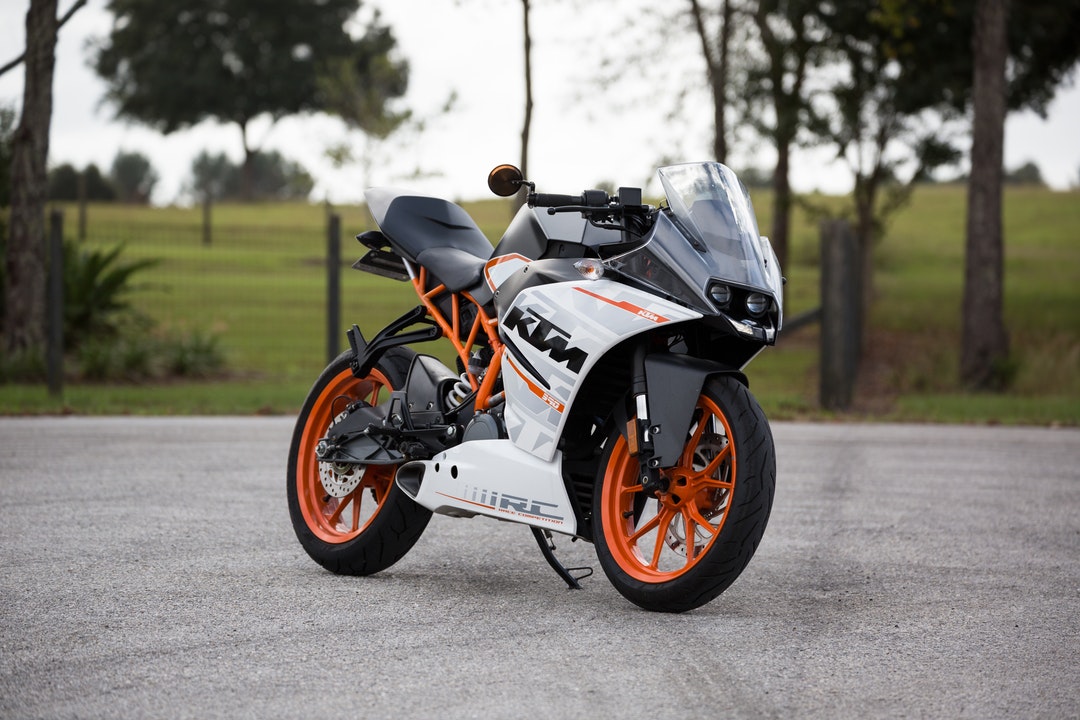Almost 9 million people in the United States ride motorcycles.
Whether you’re a seasoned rider or you’re looking to get into riding, chances are, you’re probably aware that motorcycles can be pretty expensive.
One of the best ways to circumvent a lot of the cost of a quality bike is to pick one up pre-owned.
But how do you know you’re getting a good product when buying a used motorcycle? What should your buying process look like?
Below, our team lays out all of the steps that you should take when seeking out a pre-owned bike.
1. Decide On the Kind of Riding You’re Looking to Do
There are a lot of different types of bikes out there and while many of them can pull “double-duty” as far as activities go, you’ll want to pick the bike that’s best suited for what you do the most.
Are you going to be commuting to work on your bike? Are you planning on taking your bike off-roading or on cross-country trips?
Be honest with yourself about what your bike’s primary use is and buy one that’s practical for that purpose. If you don’t start your buying a used motorcycle process with this pragmatic step, you’re going to end up disappointed in the long run.
2. Always Assess Dealerships Before Entering
There are a lot of places that will want to help you with your buying a used motorcycle ambitions. Unfortunately, a lot of those places are not worth shopping at.
Used automotive shops are notorious for misrepresenting, driving hard bargains, and doing anything to get you to walk out with a vehicle. To make sure that you don’t end up with a poor dealership experience, be sure to vet dealers carefully by assessing their online reputation.
A little homework before you start shopping can save you the massive headache that comes with doing business with shady people.
3. Check Your Drive Chain and Sprocket
Two of the most important parts that you’ll want to assess when buying a used motorcycle are a bike’s drive chain and sprocket. Both of these items are vital to your bike’s operation and are very prone to ware.
When you check your bike’s chain, give it a wiggle. It shouldn’t have more than 3/4 of an inch of movement.
Your bike’s sprocket should show no notable signs of ware.
If you’re unsure of what constitutes a good condition chain and sprocket versus a bad one, see if your bike shop has any new bikes on the floor. Compare the condition of that bike’s chain and sprocket to the used bike’s you’re considering.
4. Give Tires a Once Over
Tires that have horrendously worn tread pose a serious safety risk even for your forthcoming test drive.
Make sure that your tires are in decent condition and also that they’re properly inflated before taking your bike off of the lot. New tires can get pricey and utilizing bad tires for rides is a recipe for disaster.
5. Take the Bike Out for a Test Ride
Hopefully this buying a used motorcycle pointer was already on your to-do list.
You’ll want to ensure that your bike is licensed and road-ready. Then, take it out on the road to make sure that you don’t notice any problems while the bike is in motion.
Since you’re not used to riding this bike, be very cautious while testing it. Take the bike out in an area that you know well that’s not prone to high-traffic.
Pay extra attention to your bike’s brakes, how it moves through its gears, and how the tires hold up when you gently weave the bike.
If you’re experiencing trouble while on the road, having motorcycle intercoms in your ear is a great way to ask for help without further jeopardizing your safety.
6. Do a Post Ride Check
After you bring the bike back into the shop, give it another once over to ensure that there are no fluid leaks.
If you notice oil on the floor or notice that your bike’s oil levels have dropped well below what they should have after a single ride, the motorcycle likely has an issue.
7. See If Your Bike Has a Paper Trail You Can Inspect
Some shops will have a motorcycle’s service history, accident report, and other vital documents available. If they do, they’re worth looking over.
It’s up to you how comfortable you are purchasing a bike if its paper trail is slim.
8. Negotiate a Price and Enjoy Your Bike
If everything checks out with your bike, it’ll be time for you to make an offer. In a perfect world, you’ll have already done homework on what the bike you’re considering’s price range should be. You’ve probably also already asked your dealer what their asking price is.
With that information in mind, you can try to wiggle some to save a couple hundred dollars. Just be respectful and realistic.
Wrapping Up What to Know About Buying a Used Motorcycle
Buying a used motorcycle is a great way to get into riding without breaking the bank. Given the investment even a used motorcycle represents though, you’ll want to make sure you’re cautious before buying.
We recommend going through our steps above to ensure the smoothest buying experience possible!
There’s a lot to love about motorcycles, cars, and every vehicle in-between. If you’re looking to learn more about just about anything with wheels, check out more blog posts on Motor Era today!

